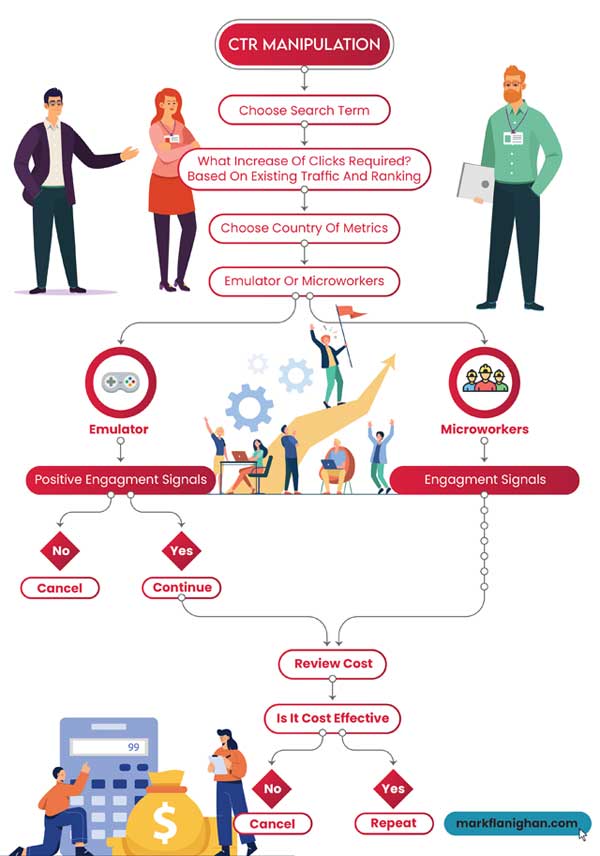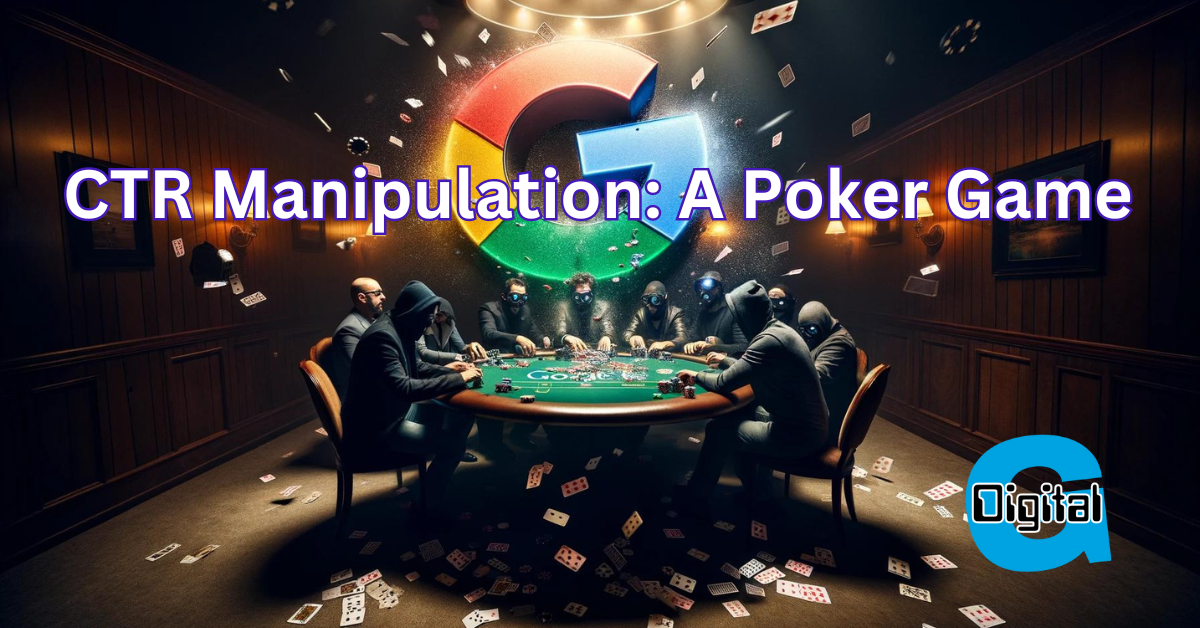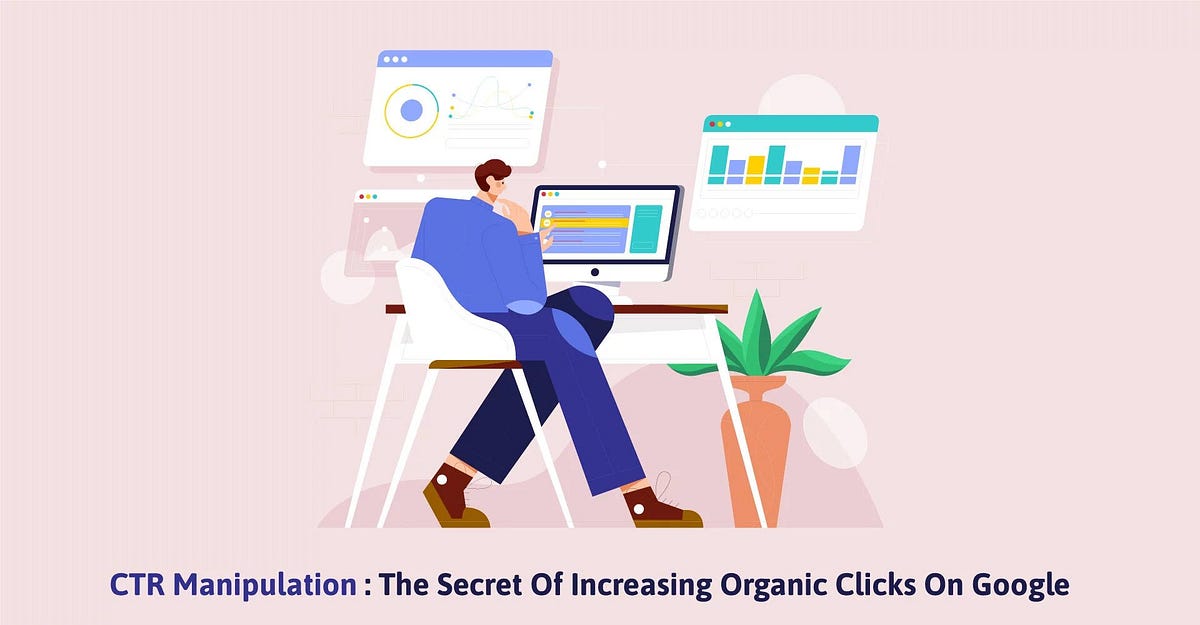Discovering the Partnership In Between CTR Control Services and Individual Actions
In the world of digital advertising, the impact of click-through rate (CTR) manipulation services on individual behavior continues to be a complicated and appealing topic. As online systems increasingly rely upon CTR metrics to gauge the success of content, items, and services, comprehending exactly how these manipulated prices impact user involvement and decision-making processes is critical. The interplay in between CTR adjustment and customer habits elevates inquiries regarding authenticity, reliability, and the moral ramifications of such techniques. By exploring the intricate relationship in between CTR adjustment solutions and individual habits, fascinating insights arise that might improve our understanding of digital advertising techniques and their results on consumers.
Influence of CTR Adjustment on Actions
Analyzing the influence of Click-Through Rate (CTR) adjustment on user habits exposes critical understandings right into the dynamics of online involvement. CTR manipulation involves synthetically blowing up the variety of click a particular web link or promotion to trick individuals and online search engine. This method can result in a distorted perception of a web page's popularity or importance, inevitably impacting user habits.

Moreover, CTR manipulation can alter the data used by algorithms to personalize user experiences. This can result in users being offered material that does not line up with their choices or rate of interests, eventually causing a decrease in user satisfaction and involvement. Recognizing the influence of CTR manipulation on customer actions is necessary for preserving transparency and depend on in on-line communications.
Customer Involvement With Adjusted CTR
Individual interaction with manipulated CTR information commonly causes skewed assumptions of on the internet content popularity and importance. When individuals communicate with web content based on unnaturally inflated Click-Through Rates (CTR), they may believe that particular information, products, or solutions are more preferred or trustworthy than they in fact are. This can cause users choosing based on misleading data, leading to possibly undesirable outcomes.
Engagement metrics like sort, shares, comments, and time spent on a webpage are usually influenced by CTR control. Customers might be extra inclined to engage with material that appears to have greater interaction rates, even more bolstering the cycle of manipulated understandings. As a result, material developers and advertisers might focus on creating web content that generates high CTR as opposed to concentrating on creating truly beneficial and relevant material.

Mental Effects of CTR Control

Furthermore, the psychological results navigate to this website of CTR manipulation can likewise show up in altered decision-making procedures. Individuals might be a lot more likely to click web content exclusively based upon its viewed popularity, as opposed to its actual worth or significance to their needs. my link This behavior shift can lead to a superficial involvement with on the internet web content, where users might overlook top notch but less popular offerings for those with synthetically improved CTRs.
Fundamentally, the mental implications of CTR manipulation highlight the relevance of keeping openness and credibility in online interactions to promote real customer interaction and trust.
Honest Considerations in CTR Control
Considering the honest ramifications of manipulating click-through rates (CTR) in on the internet systems is vital for preserving honesty and trust fund within the digital ecosystem. CTR manipulation increases issues regarding tricking users, distorting data analytics, and jeopardizing the integrity of on-line web content. One significant ethical consideration is the prospective influence on customer freedom and decision-making. By unnaturally blowing up CTR, customers may be misguided right into clicking web links or ads they would not have selected or else, bring about a disingenuous online experience. CTR manipulation can skew the performance metrics that companies rely on to make tactical decisions, ultimately impacting market competitors and customer trust fund.
An additional moral element to consider is the fairness of controling CTR to gain an unfair benefit over rivals. Participating in such practices not just goes against concepts of fair play but also threatens the trust that individuals position in on the internet platforms. It is important for organizations and electronic marketing experts to maintain ethical criteria in their techniques to make sure transparency, reputation, and lasting sustainability in the online environment.
Ramifications for Digital Marketing
With the increasing dependence on electronic systems for advertising and marketing purposes, the technique of adjusting click-through rates (CTR) postures significant implications for the efficiency and stability of electronic marketing techniques. CTR manipulation can lead to skewed data analytics, misinforming marketers into believing that their campaigns are executing far better than they in fact are. This can lead to misallocation of sources, with hop over to here business investing in underperforming approaches based upon falsified CTRs. When users realize that CTRs have actually been manipulated, it can wear down trust fund in the brand name, leading to long-lasting adverse repercussions for consumer commitment and brand track record.
Additionally, using CTR control services can produce an unfair competitive landscape, where firms that participate in such methods acquire a man-made advantage over those that stick to moral advertising and marketing criteria. This can suppress advancement and creative thinking in electronic advertising, as success ends up being more about manipulation tactics than supplying genuine value to customers. Ultimately, the effects of CTR adjustment for digital advertising extend beyond temporary gains, affecting the general sustainability and integrity of advertising efforts in the electronic realm.
Verdict
In conclusion, the relationship between CTR control solutions and customer habits is complicated and multifaceted. The influence of CTR control on behavior, individual engagement with manipulated CTR, mental effects, ethical factors to consider, and implications for digital advertising all contribute fit this relationship. Recognizing these characteristics is critical for marketers and researchers alike in order to navigate the honest ramifications and take full advantage of the performance of their digital advertising approaches.